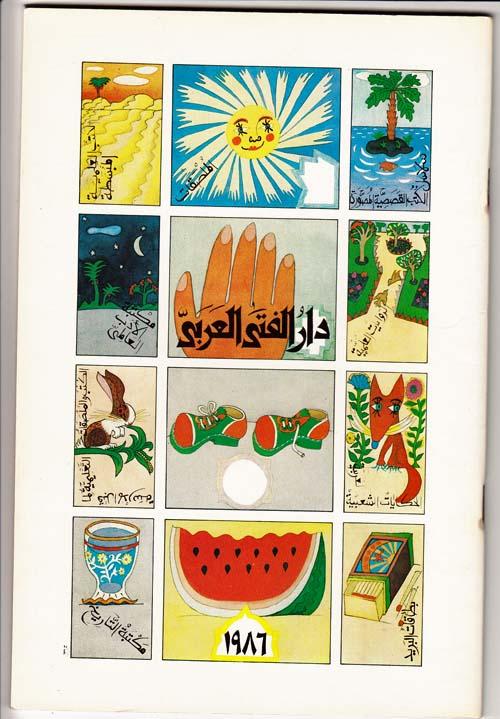Click here to read Revolution For Kids: Dar El Fata El Arabi, Recollected
Excerpt:
Mohieddin Ellabbad: I remember the rst time I walked into the Dar El Fata oces. Right away I noticed how plush the oce was — wall-to-wall carpeting, a long row of telephones, fresh coee and orange juice. I had come to Beirut under the assumption that conditions would be very dicult. In Egypt we had a fantasy that all things Palestinian automatically meant suering. I imagined I would be sleeping in an iron bed with six other people in the room. But I was willing to suer considerably for the cause. I had just scrapped a long-planned sabbatical in Paris, in which I had invested all of my savings, to come to Beirut and work with a novice publishing house linked to the Palestinians.
My first meeting was with Nabil Shaath who was the director of the Palestinian Planning Center and also in charge of the publishing house. He was also a member of the Revolutionary Council of Fatah; later he would hold various positions in the Palestine Liberation Organization and the Palestinian Authority. In Shaath’s oce, I immediately noticed a stack of typewritten papers on the corner of his desk. In response to my inquisitive look, he told me that it was material he had approved for publication, and proceeded to dramatically ask one of his aides why it had not already been sent to the print shop. Another employee interjected that it was necessary to rst design and prepare the manuscript. And of course, there was no designer. at was how I came in.
Nawal Traboulsi: Dar El Fata was the PLO’s cultural program, though there was no direct political guidance. Dar El Fata was very creative and progressive, although of course there was a denite, and genuine, enthusiasm for the Palestinian revolution. But the money came from the PLO.

